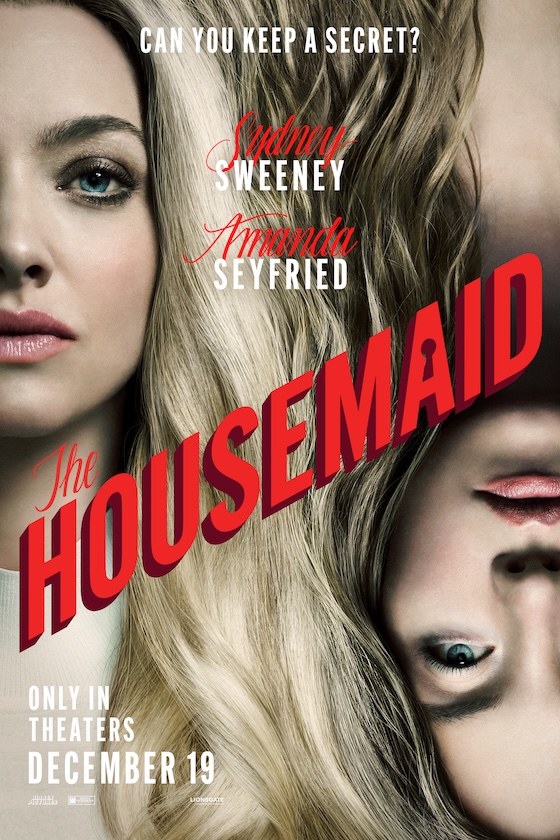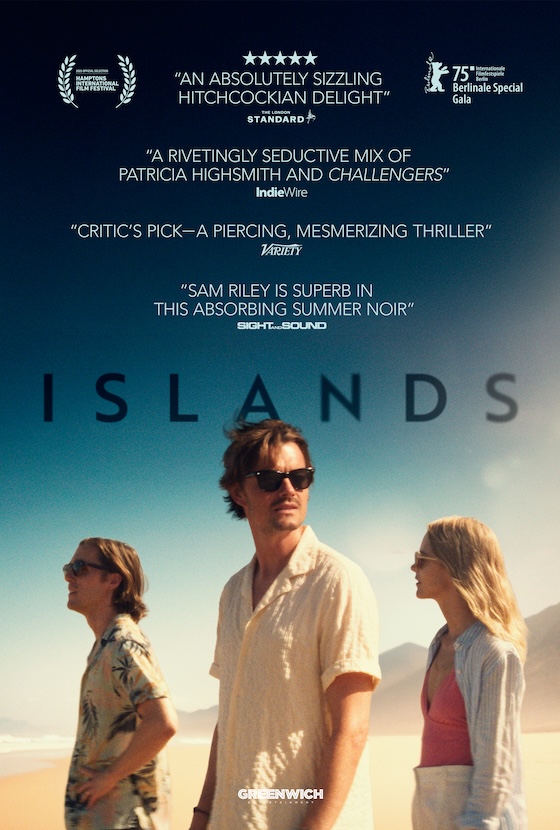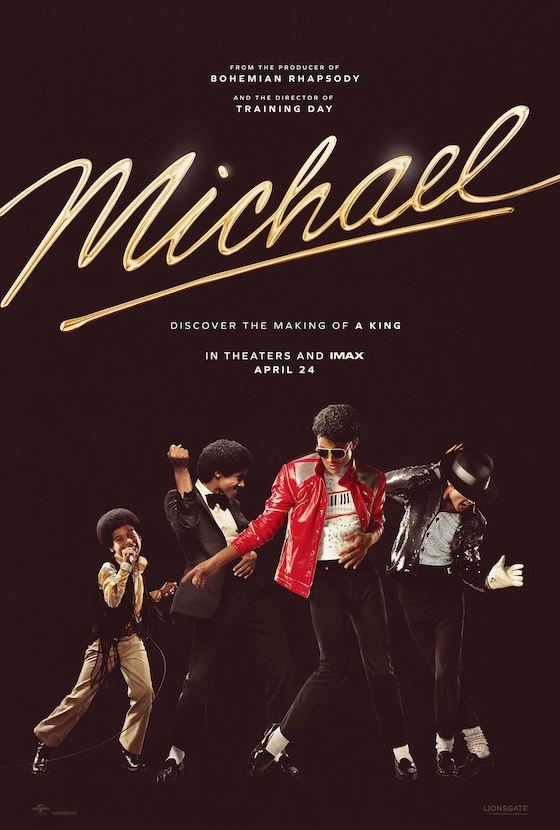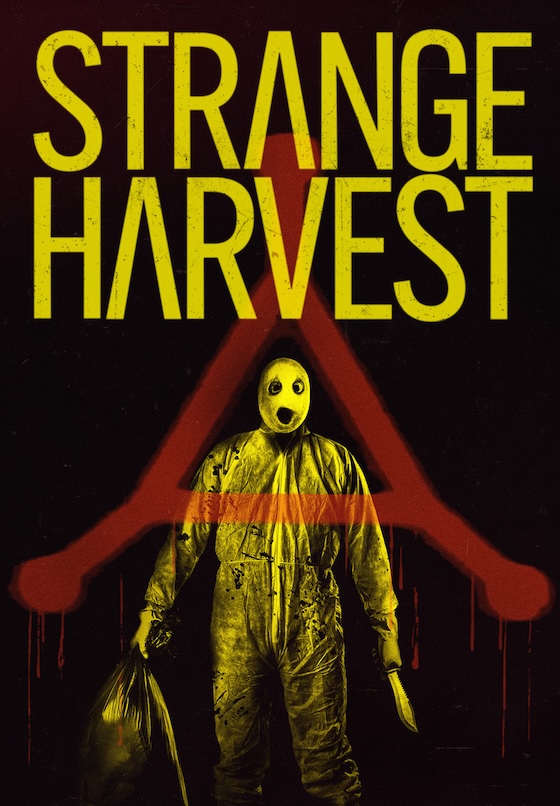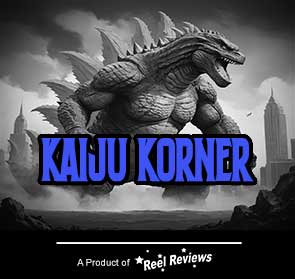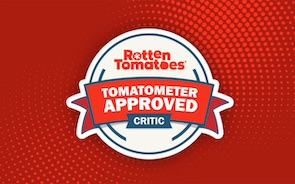
Welcome to Kaiju Korner, where we celebrate all things concerning Japanese fantasy and giant monsters!
What do bathtub toy boats and plastic helicopters have in common with a stunt coordinator pioneer in a monster suit? Hint: the action takes place in Japan. That’s right. Godzilla, the mother of all mega-monster movies, is returning to run rampage through your home entertainment system. Thanks to the remastering movie buffs over at Criterion, everyone’s favorite prehistoric lizard - Haruo Nakajima in the suit - is getting a shiny new upgrade.
Arguably, the most potent visual metaphors in the history of cinema has returned!
Directed by Ishir Honda and produced by Tomoyuki Tanaka, Godzilla (a.k.a. Gojira) - the product of nuclear creation (as the atomic bombings of Hiroshima and Nagasaki and the Daigo Fukury Maru incident) were still very much in the consciousness of the Japanese people - is a demanding little spectacle of a film that is as equally entertaining as it is imaginative in its cautionary tale. It also, in spite of its visible wires and obvious special effects, is a surprisingly solid melodrama as a byproduct of the ravages of war grows and grows and grows.
This release of Godzilla is the original un-Americanized film (although the version with Raymond Burr is included in the set for its fans) and it’s a markedly truer tale without English speaking distractions. From beginning to end, Godzilla – as written by Honda and Takeo Murata – works as a monstrous metaphor for war and nuclear destruction and, as visualized by special effects director Eiji Tsuburaya, takes the shape of an enormous reptilian creature pissed at being awoken and now risen from its prehistoric slumber.
The human part of the narrative focuses on Archeologist Kyohei Yamane (Takashi Shimura) and his daughter Emiko (Momoko Kochi), who very much wants to break off her engagement to Daisuke Serizawa (Akihiko Hirata), her father’s colleague. She would like instead to marry Hideto Ogata (Akira Takarada) and forget any sort of arranged marriage that her father might have for her.
While her heart lies with Ogata, she cannot find the strength to tell Serizawa the truth of her love…especially after he has shown her the weapon (his creation) that could be used to kill this Tokyo-destroying monster and finish him off once and for all. Only Serizawa fears what its use might result in should it ever fall into the wrong hands.
Sacrifices must be made. Hearts must be broken. Godzilla must be stopped. Mankind must not toy around in the nuclear age.
This is the territory of Honda’s multiple series-inspiring classic; a film that might have more to do with the aftermath of war than the actual war on the monster itself. This isn’t camp. This isn’t goofy silliness either. These are young men and young women expressing their fears in the nuclear age. Survival; they lived through it. To them, Godzilla is a real thing. A truth more terrifying than a towering monster, mind you. And every frame is dripping with this sensitive message. If you can’t get past the rubber suit and see the actual meaning to this classic cautionary tale, well, you should probably sit closer to the screen.
Godzilla, now on sparkling blu-ray, will take your breath away. From the now-classic growling score from Akira Ifukube to the radioactive trilobite theatrics, Godzilla is a remarkable film, launching the whole kaiju movement in Japanese filmmaking. Often misunderstood, Godzilla is a gem of a foreign film.
It is now on blu-ray from the Criterion Collection with a new, frame by frame, digital restoration.
![]()


Home Video Distributor: Criterion
Available on Blu-ray - October 29, 2019
Screen Formats: 1.37:1
Subtitles: English, English SDH
Audio: Japanese: LPCM Mono; English: LPCM Mono
Discs: Blu-ray Disc; 8-disc set
Region Encoding: Locked to Region A
Godzilla (a.k.a. Gojira) is the roaring granddaddy of all monster movies. It’s also a remarkably humane and melancholy drama, made in Japan at a time when the country was reeling from nuclear attack and H-bomb testing in the Pacific. Its rampaging radioactive beast, the poignant embodiment of an entire population’s fears, became a beloved international icon of destruction, spawning almost thirty sequels. A thrilling, tactile spectacle that continues to be a cult phenomenon, the original, 1954 Japanese version is presented here, along with Godzilla, King of the Monsters, the 1956 "Americanized" version.
Video
Criterion’s frame-by-frame digital restoration is presented in glorious black-and-white. Both the original film and the 1956 American reworking (directed by Terry Morse) have been painstakingly remastered for the best HD quality possible from the source material. Masao Tamai’s cinematography is brilliantly realized with great attention to the glory of Tokyo’s destruction and the crackling textures of cityscape to seascape. Obviously, most of the destruction occurs with cheap miniatures and the wires on the planes and the toy monster are, at times, more than visible. Detail is consistently impressive and the clarity of the picture is superior than the print used for Screen Media’s release last year. The source print is also nicer; being bold and dark in tones and spot-on in texture. There also appears to be less damage to the print which always makes for a better experience when watching. In fact, I noticed no scratches, hisses, or pops on the negative while watching.
Audio
With two audio tracks: a rather flat Japanese LPCM 1.0, for Godzilla, and English LPCM 1.0, for Godzilla, King of the Monsters!, Criterion presents a package worth earning for the film content alone.
Supplements:
Where to start? The set is deliciously loaded with a lot of special features to help smooth its candidacy into the accepted list of classic films. As I have already mentioned, the 80-minute American version, starring Raymond Burr, is included in a 1080p/24hz high-definition transfer. Man, is that ever a weird one. Burr plays American reporter Steve Martin and is in around when everything starts to happen and what follows is a movie full of different edits and, largely, the film is a throwaway when compared to the original. This also has a commentary from Kalat who doesn’t slam the film for being what it is, but goes into the distribution of the film and its foreign influence.
The rest of the supplement material starts with featurettes ported over from the 2011 release. They feature interviews with cast and crew and, to be expected, the effects crew of Yoshio Irie and Eizo Kaimai. The most extended and celebrated is the 51-minute interview with composer Akira Ifukube. Originally recorded in 2000, this interview is a bit too lengthy to be only concerned with the score of Godzilla and might be a turn off for some. Pretty extensive, though. Japanese film critic Tadao Sato offers a unique take on the film and his interview is highlighted by reactions from Japanese audience members. The featurette dubbed ‘Photographic Effects’ goes over the special effects and tricks the visual effects team used to pull off the monster and his destruction.
One trailer for the American version of the film, an illustrated explanation of the event that inspired the film, and an essay written by J. Hoberman, (former) senior film critic for the Village Voice, rounds out the release.
This is a must own for any fan of classic cinema. Criterion, once again, does not skimp or disappoint its fans.
Commentary:
-
While there is a strong analysis about the socio-political history of Godzilla and the Japanese culture, critic David Kalat’s commentary is a bit too emotional at times to be able to digest all in just one sitting. He picks and presents the story and structure of the film with intelligence and careful thought, but is a bit too close to the material and, while claiming to be impartial, does defend it from critical attacks. This stance should clue in the casual fan of Godzilla to the tongue-lashing it often gets when embraced as a “classic”. Kalat tracks the film’s production history, the use of its many camera effects, and the political themes running throughout. It’s obvious he is on a mission and why not? The film is seriously great and unusually misunderstood as a “monster” film only; Kalat sets the story straight.
Special Features:
-
‘Godzilla, King of the Monsters!’ with optional commentary from David Kalat (80 min)
-
Interview with Akira Takarada (13 min)
-
Interview with Haruo Nakajima (10 min)
-
Interview with Effects Technicians Yoshio Irie and Eizo Kaimai (31 min)
-
Interview with Akira Ifukube (51 min)
-
Photographic Effects (10 min)
-
Interview with Film Critic Tadao Sato (15 min)
-
The Unluckiest Dragon (10 min)
-
Trailer
| Movie | ||
| Video | ||
| Audio | ||
| Extras | ||
|
Composite Blu-ray Grade
|
||

MPAA Rating: PG-13.
Runtime: 121 mins
Director: Cheh Chang
Writer: Cheh Chang; Kuang Ni
Cast: Jimmy Wang Yu; Chiao Chiao; Hsiang Chun Li
Genre: Acttion | Drama
Tagline:
Memorable Movie Quote:
Distributor: Shaw Brothers
Official Site:
Release Date:
DVD/Blu-ray Release Date: June 13, 2023
Synopsis: Yu is a two-armed swordsman who is betrayed by a jealous rival, but initially seeks a life of simple pleasures until an accidental meeting with another patriot sets him back on the road to bloody, brutal vengeance.





